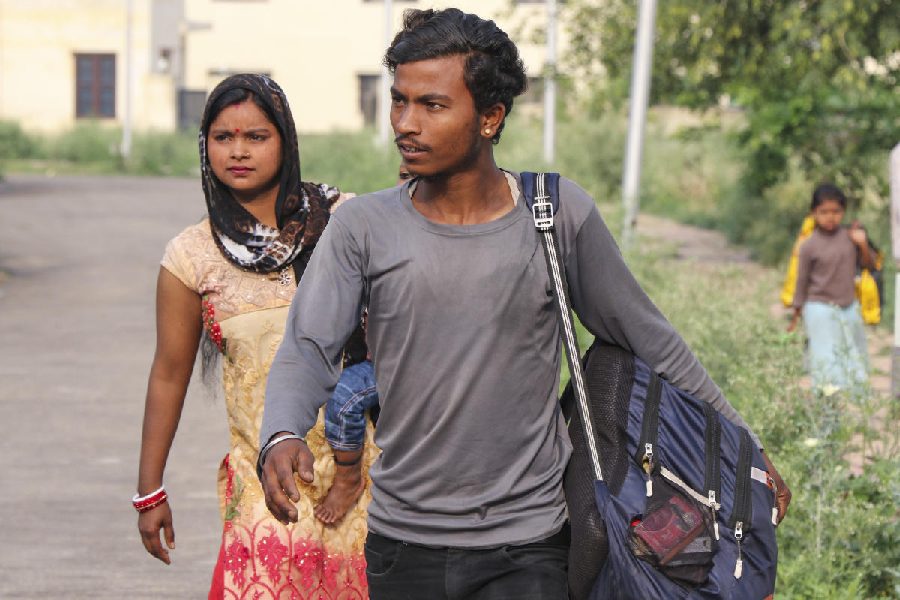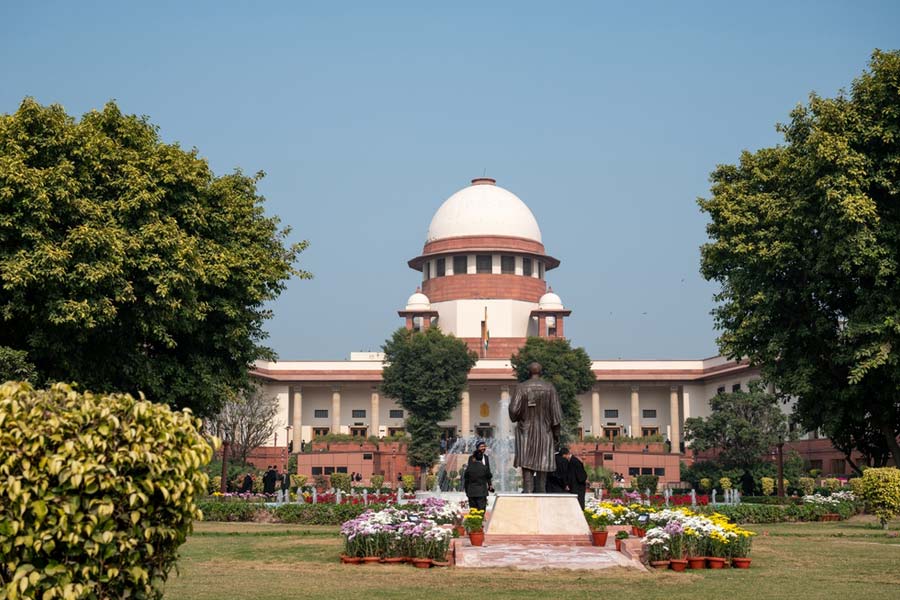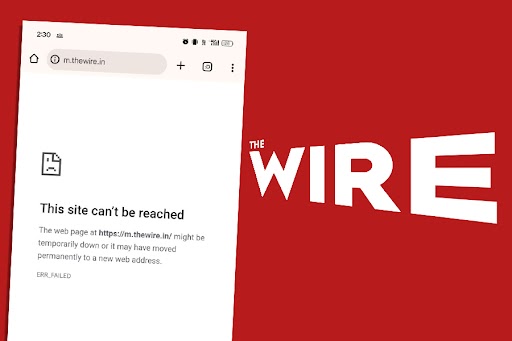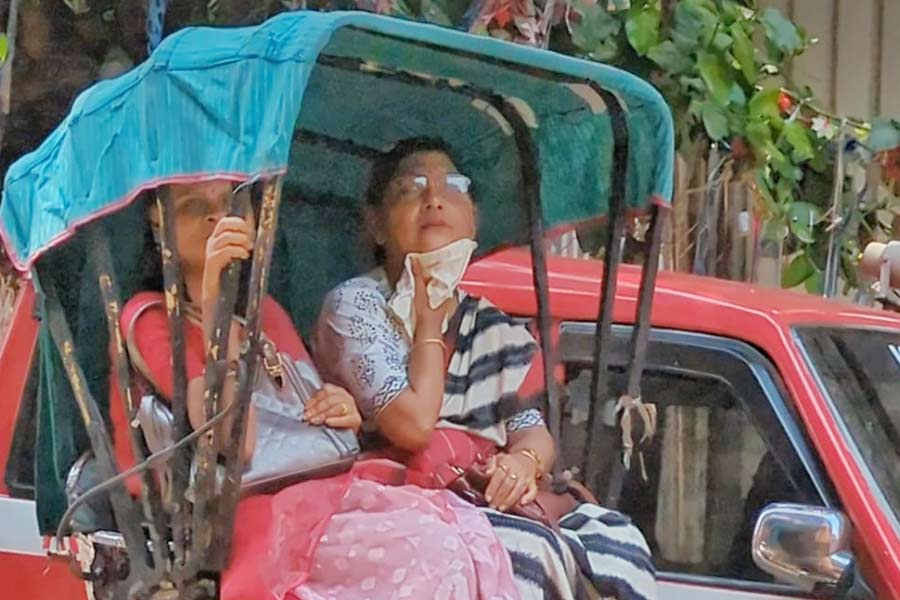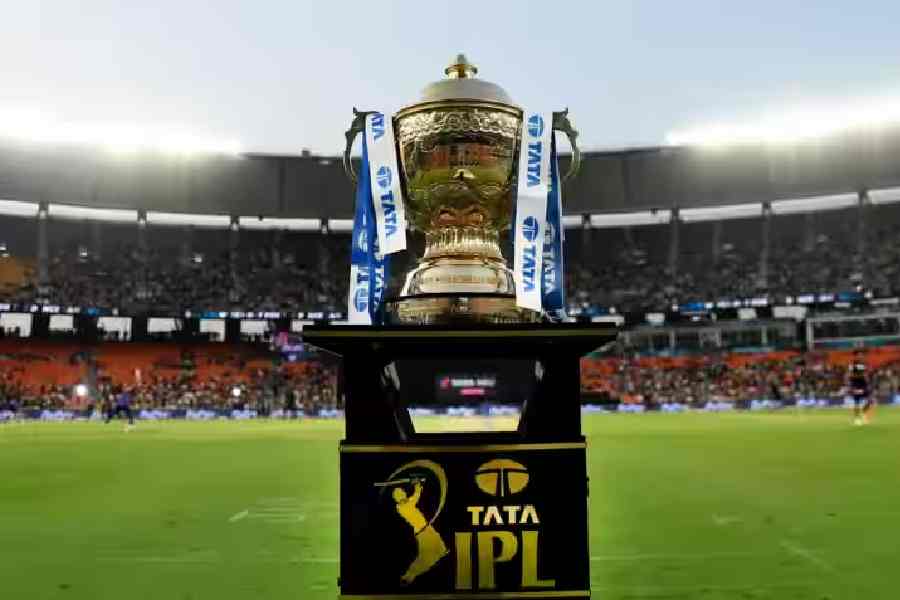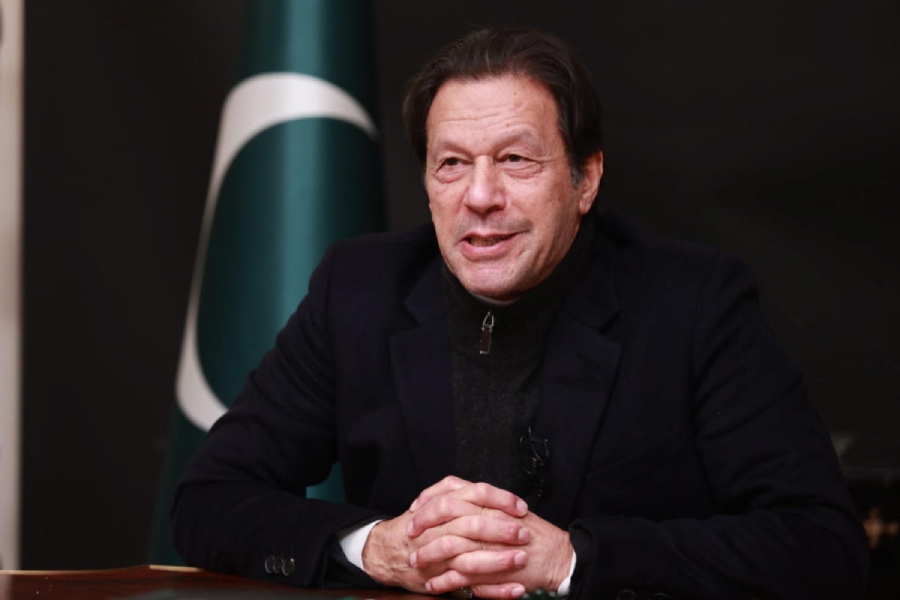Bhubaneswar, March 31: They were born five years apart but shared their first names. Either of them could well have scripted Madhu Barnabodha, the book of alphabets and words that serves as a guide to elementary Odia education.
However, unlikely though it may seem for poet and freedom fighter Madhusudan Das to have written the primer in 1895 while he was busy leading the struggle for a separate Odisha province and building his house in Cuttack, many youths consider the precious asset of Odia language to be his handiwork. This was revealed in a survey conducted by The Telegraph with 200 college goers in the twin cities as the subjects. They were tested on their knowledge of the state’s history ahead of the 77th Utkal Divas, which falls on April 1.
While quite a few of them gave outrageous responses, others decided to dodge the posers because they cared little about them. The young boys and girls appeared eager to sprint ahead into the future rather than peek into the past.
For instance, in the question pertaining to Barnabodha, some youngsters found it easier to shrug and admit that they “didn’t know” the answer. Others relied on guesswork and credited the work to poets Radhanath Ray and Gangadhar Meher, litterateur Fakir Mohan Senapati and even Kavi Samrat Upendra Bhanja, who belonged to the 17th Century!
However, a large chunk of the respondents (42 per cent) salvaged the pride of the Odia community by attributing Barnabodha to its rightful owner — Madhusudan Rao.
Most of them also managed to name Odisha’s first prime minister correctly but it is unclear if they were aware of the circumstances under which Krushna Chandra Gajapati was elected to the seat of power.
In the pre-Independence era, all states had prime ministers. When Odisha was carved out as a separate state on April 1, 1936, Assembly elections were held. The Congress emerged victorious and Biswanath Dash was elected its leader. However, the party refused to form the government because it was opposed to the idea that the governor would be entrusted with powers to override the decisions of an elected government.
In this event, the then British governor asked Krushna Chandra Gajapati to assume the responsibility as Odisha’s first Prime Minister.
Later, when the British Empire conceded to the demand of the Congress party, the Gajapati resigned from his post and was succeeded by Dash.
Ironically, a section of youths believe Madhusudan Das and Gopabandhu Das to have had the honour of being the first PM even though both stalwarts did not live to see the day Odisha became an independent state. While the former passed away in 1934, the latter died in 1928. Interestingly, 14 youths said they “didn’t care” about the state of affairs then.
The question on Odisha’s first chief minister also generated maximum correct responses with 57 per cent youths naming Hare Krushna Mahtab. He was elected prime minister in 1946 and automatically became the chief minister of the state when India was freed from the shackles of the British regime in 1947. He continued in office until he was inducted into Jawaharlal Nehru’s council of ministers at the Centre.
Surprisingly, 10 per cent of the respondents believed Madhusudan Das (then dead) became the first CM and twice the size said it was Biju Patnaik. The latter, anyway, became chief minister for two terms, the first time in 1961 when he led the Congress party to victory with clear majority for the first time in post-Independence India.
But did Gyan Patnaik, wife of Biju babu and mother of present chief minister Naveen Patnaik, ever rule Odisha? One of India’s earliest women pilots, she sure ruled the skies but as far as politics is concerned, there is a section of youths that believes that she pulled that off too! Responding to the question about Odisha’s first woman chief minister, Gen X racked its brains with most of them successfully checking Nandini Satpathy’s name.
Satpathy of the Congress party was not just the first, but only woman CM Odisha has ever had. She led the state for two terms — between June 1972 and March 1976 and again from March 1973 to December 1976 — but stepped down following a disagreement with Prime Minister Indira Gandhi.
However, some youths opted for Gyan Patnaik (who was a homemaker), freedom fighter Rama Devi and poet Kuntala Kumari Sabat, after whom women’s colleges in the state have been named, as the first woman CM. Seven others checked “who cares?”
Even the life history of pre-Independent India’s rebel activist Buxi Jagabandhu Bidyadhar, who has a college (BJB) and at least three schools named after him in the state capital, seems fuzzy to the youths. He fought valiantly against the British and surrendered himself to save his people from assaults. Subsequently, he was put under house arrest and died of natural causes. But the popular perception is that he was either executed or died in a battle.
The one question that no one could answer was about the Pancha Sakha, which comprised five comrades who upheld the cause of Odia pride and set up a model school at Satyabadi in Puri district, which was known as Bana Vidyalay. Led by Gopabandhu Das, the group included Godabarish Mishra, Madhusudan Das, Nilakantha Das and Krupasindhu Mishra.
However, at least seven per cent thought Gopabandhu was not part of it while many others did not attempt the question. On the other hand, the students seemed to know that Charan Patnaik (known as a betrayer of Odia interests) did not feature in the Pancha Sakha. They also avoided ticking the names of freedom fighter Veer Surendra Sai, former CM Biren Mitra and Upendra Bhanja from the options.
Of late, there has been much debate about replicating the Sun Temple of Konark. So, when the youths were asked who built the 13th Century wonder, over 75 per cent correctly answered Langula Narasingha Deb.
But the good news is that a majority of respondents identified the royal scion (Dibyasingh Deb) as the Gajapati Maharaja of Puri. Few others bared their ignorance and named 16th Century ruler Pratap Rudra Dev and 12th Century King Ananga Bhima Deb as the present Puri king.
An overwhelming number of youths answered that the Odia Mahabharat was written by Sarala Das and that the Odia Ramayan was penned by Balaram Das. However, there was no check on absurd responses. Atibadi Jagannath Das, who wrote Bhagabata that is found in almost every Odia home, was the second most popular choice as the composer of both epics. A few others believed Valmiki, who wrote the original Ramayan, had translated the work into the Odia!
Students also named Geeta Govinda composer Jaydev, a devotee of Lord Krishna, doomsday prophet Achyutananda Das and even 20th Century novelist Fakir Mohan Senapati as the author of Mahabharat in Odia.
Senapati, however, emerged as the top (and correct) choice for penning the ingenious and moralistic novel, Chha Maana Atha Guntha, which has been adapted into a television series on a local channel. There were stray responses wrongly attributing former CM Nilamani Routray, litterateurs Sitakant Mahapatra and Pratibha Ray as the writer of the classic.
Cosmopolitan though they might appear, most of the young respondents (67 per cent) seemed to cling on to regional pride and said they wanted Odia to be the medium of instruction in schools and colleges. An equal number was in support of the ruling Biju Janata Dal’s longstanding demand for special category status for Odisha. So what if it meant being clubbed with other poor states, the status would guarantee more funds from the Centre, most of them said, adding that the state had not got its due place on modern India’s map.


